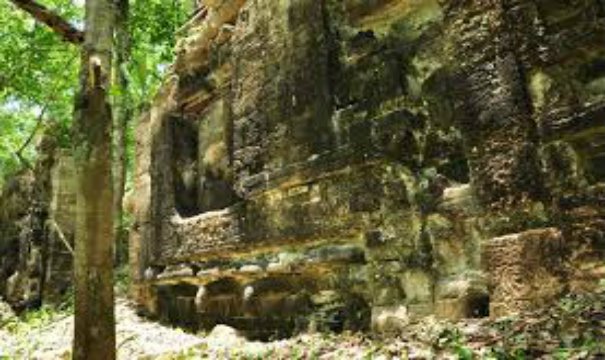-
Tips for becoming a good boxer - November 6, 2020
-
7 expert tips for making your hens night a memorable one - November 6, 2020
-
5 reasons to host your Christmas party on a cruise boat - November 6, 2020
-
What to do when you’re charged with a crime - November 6, 2020
-
Should you get one or multiple dogs? Here’s all you need to know - November 3, 2020
-
A Guide: How to Build Your Very Own Magic Mirror - February 14, 2019
-
Our Top Inspirational Baseball Stars - November 24, 2018
-
Five Tech Tools That Will Help You Turn Your Blog into a Business - November 24, 2018
-
How to Indulge on Vacation without Expanding Your Waist - November 9, 2018
-
5 Strategies for Businesses to Appeal to Today’s Increasingly Mobile-Crazed Customers - November 9, 2018
Evidence of new world’s oldest decapitation found
The site has yielded 26 human burials dating from the end of the last major glaciation event.
Advertisement
A 9,000 year old human skull has been found with a pair of limbless hands cover its face in Brazil.
The archaeologists spent several field seasons at Lapa do Santo, excavating the burials. Strauss has been excavating at the site since 2001, and he and his team discovered the lone skull back in 2007 with the two severed hands draped over either side of its face. They also noted cut marks shaped like a “v” in the mandible and the sixth vertebra.
The discovery “opens a window to the mysterious cosmology of the first human peopling of South America”, says Jean-Jacques Hublin, director of the department of Human Evolution at the Max Planck Institute for Evolutionary Anthropology in Leipzig, Germany, “and provides us with a rigorous record of their incredible funerary practices”. “Our findings suggest that South America had the same spatially widespread distribution observed for North America”, write the researchers. Researchers performed an accelerator mass spectrometry and found that the remains were ~9,000 years old.
The authors think this may be the oldest case of decapitation found in the New World, leading to a re-evaluation of the previous interpretations of this practice, particularly with regard to its origins and geographic dispersion. Now, scientists consider this discovery the oldest one to date where this ritual decapitation in Brazil took place some 9,000 years ago.
Along with this the presentation of the remains, lead the authors to think that this decapitation seemed more like a ritual instead of trophy-taking.
Although it’s not clear exactly what social or cultural objective this particular decapitation served, analysis of the remains prove the man was a member of the local group or tribe.
According to the researchers, it is very likely that decapitation occurred after death for Burial 26, as part of a procedure which attests to the early sophistication of mortuary rituals among hunter-gatherers in the Americas. Strauss adds that until now, only simple burials were uncovered from Lagoa Santa.
“Geographically, it expands the known range of decapitation by more than 2,000 kilometers, showing that during the early Holocene this was not a phenomenon restricted to the western part of the continent as previously assumed”, Strauss said.
Advertisement
This paper can be found in the scientific journal PLoS ONE under code doi:10.1371/journal.pone.0137456, as published on September 23rd, 2015.





























